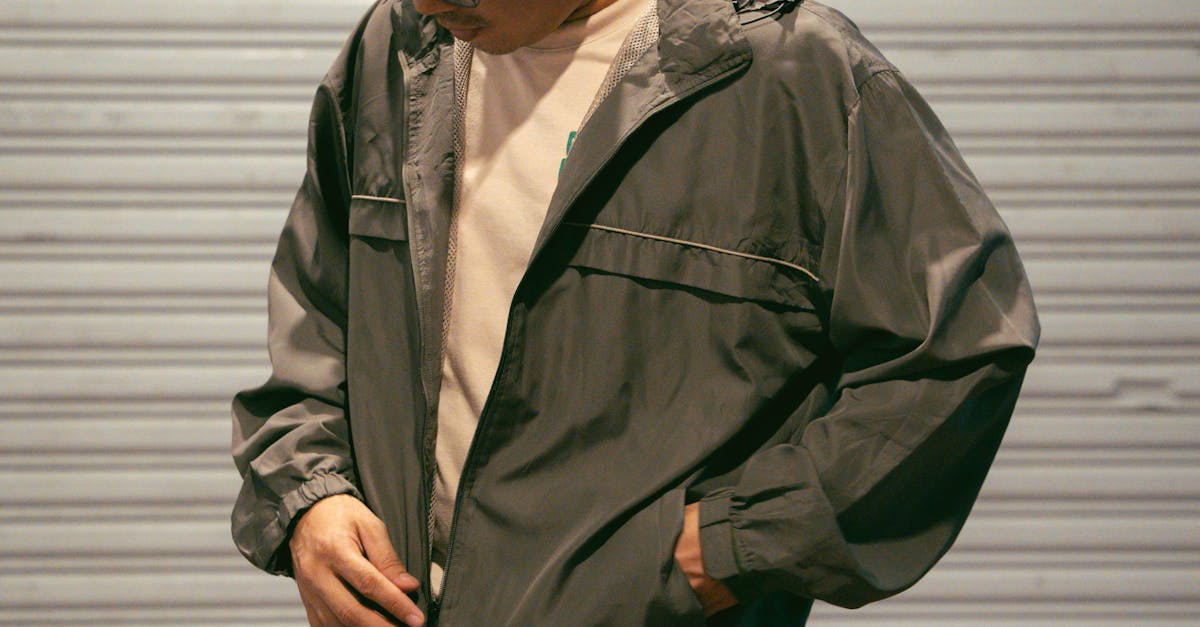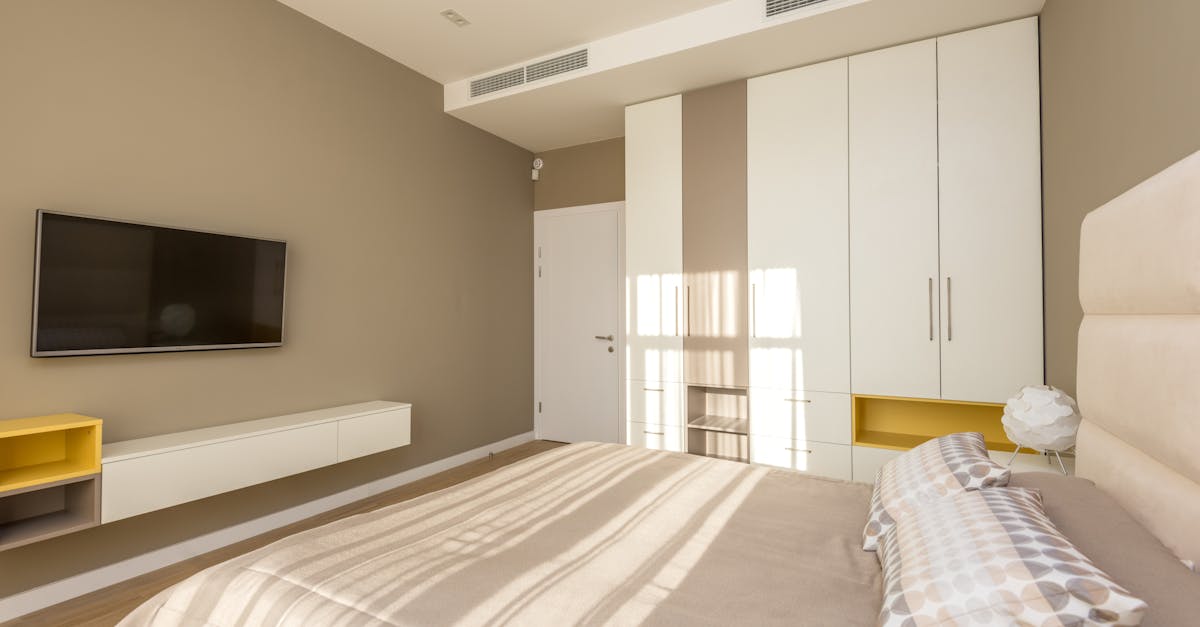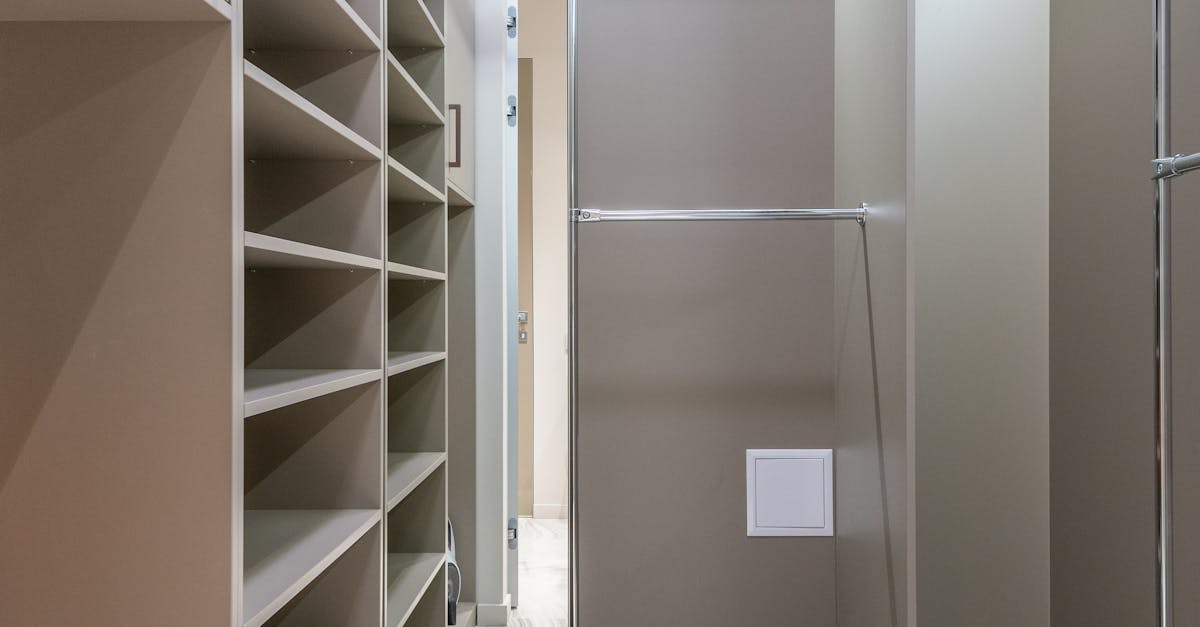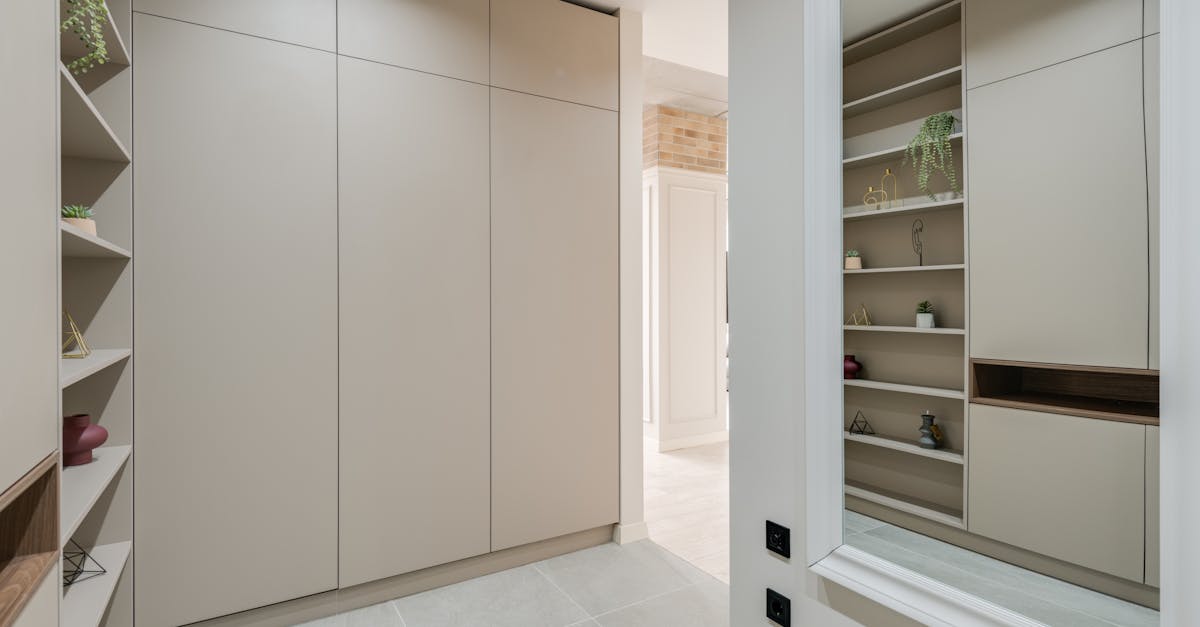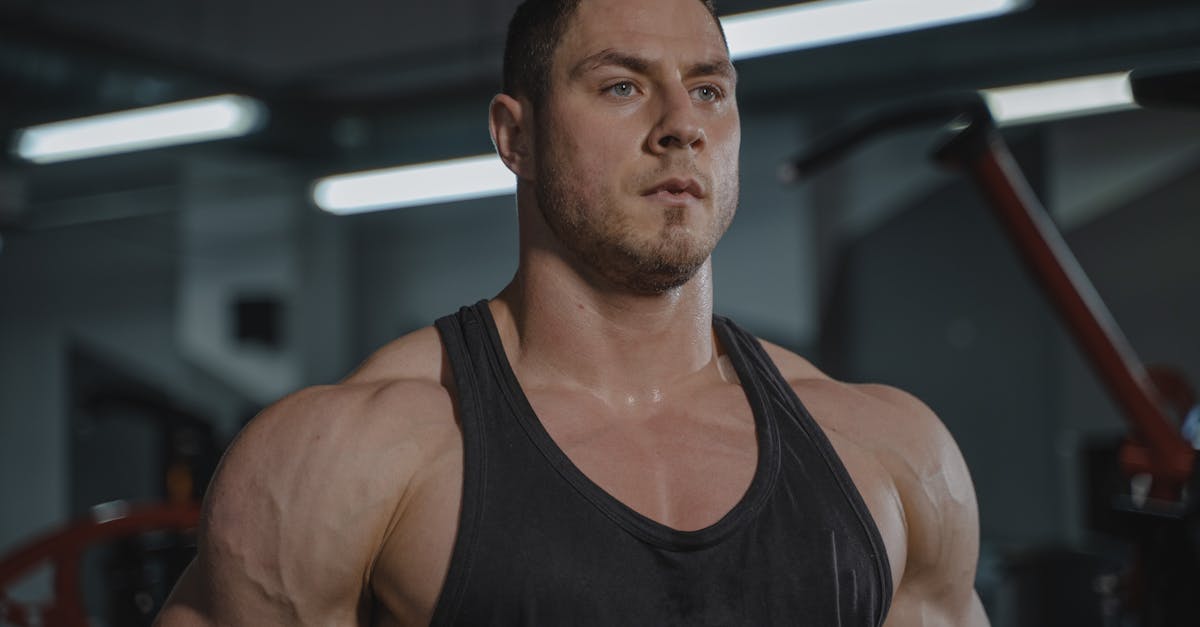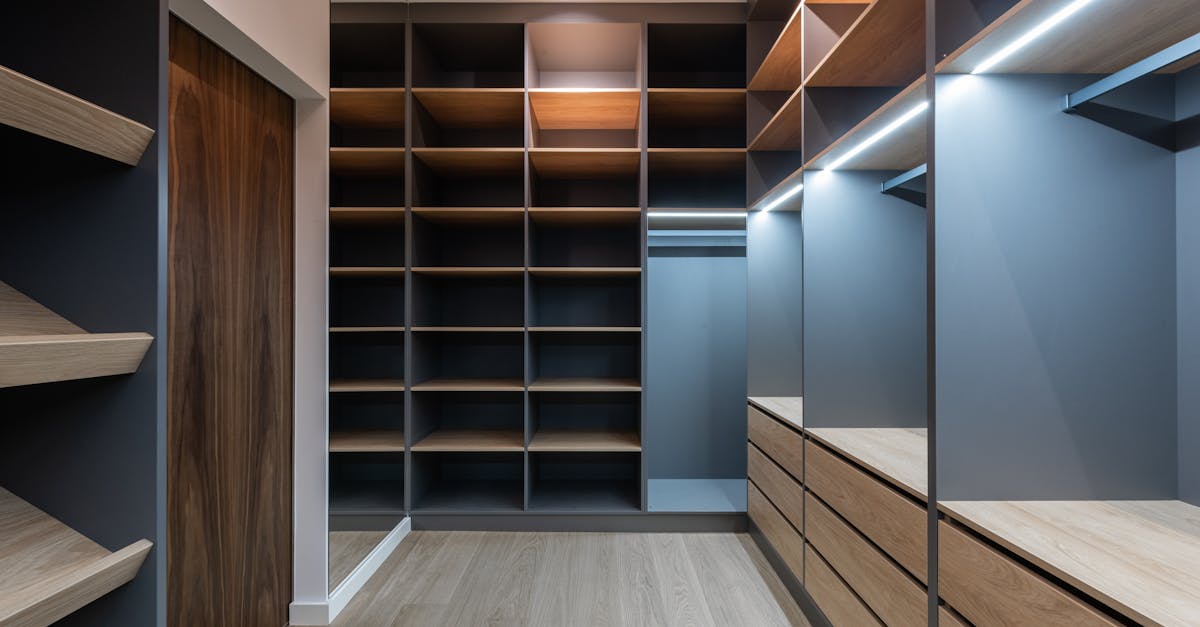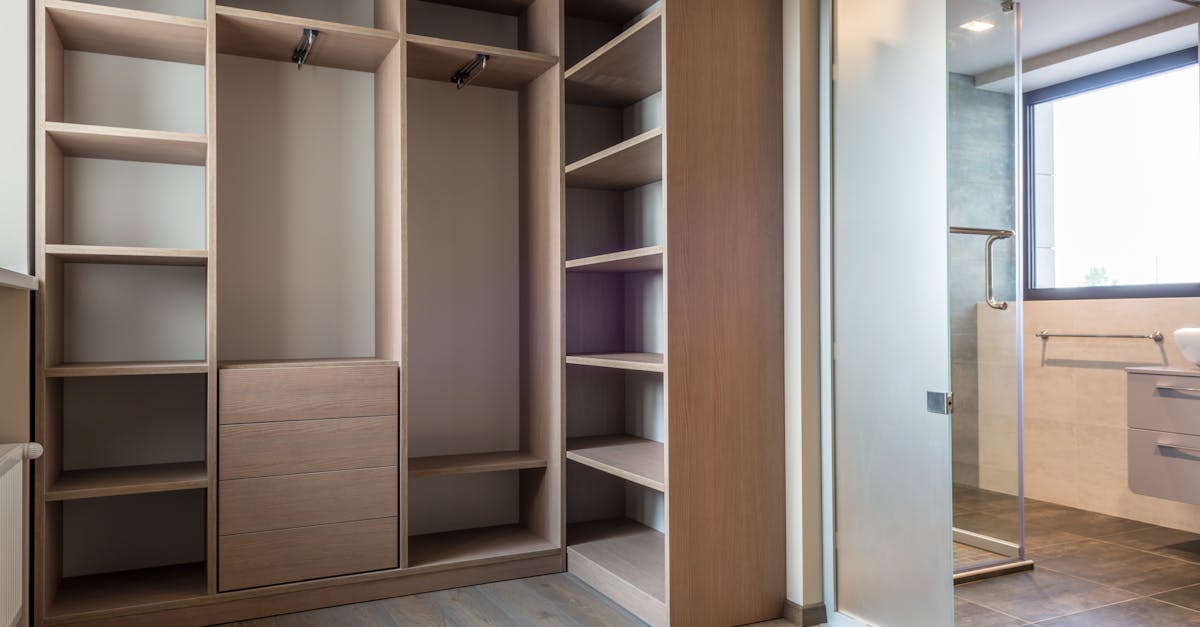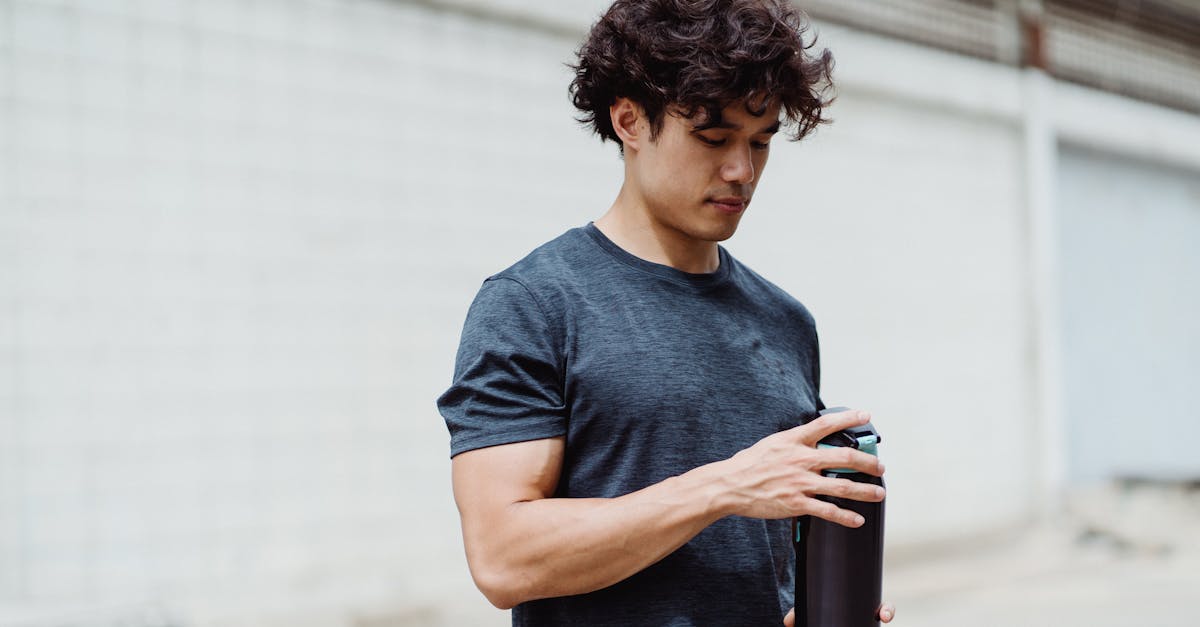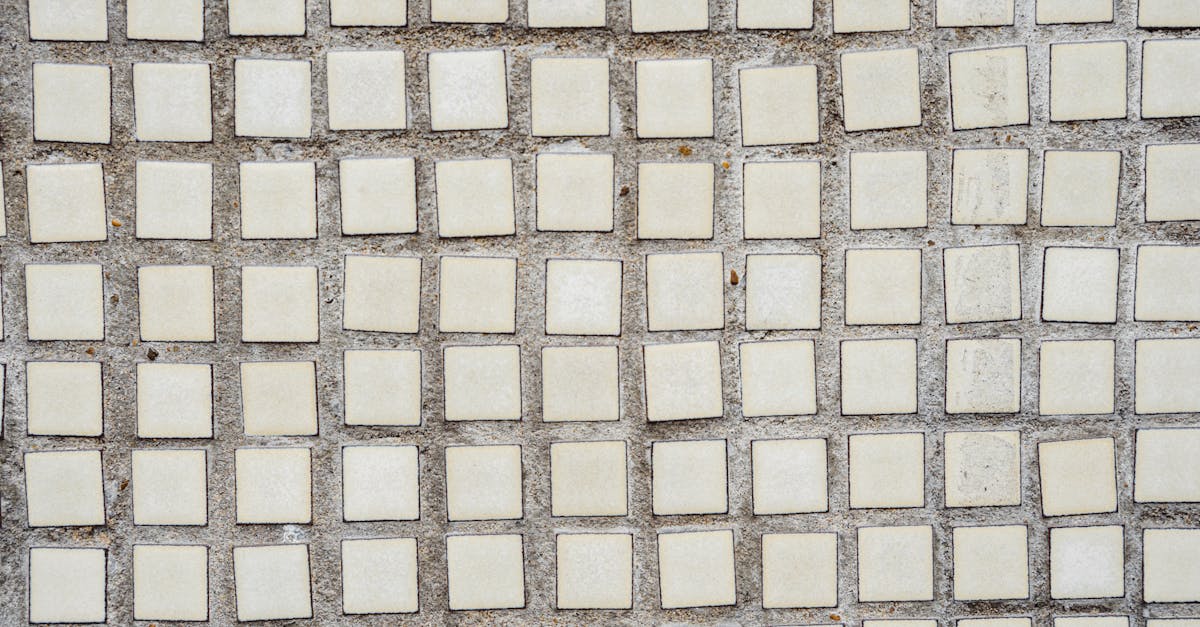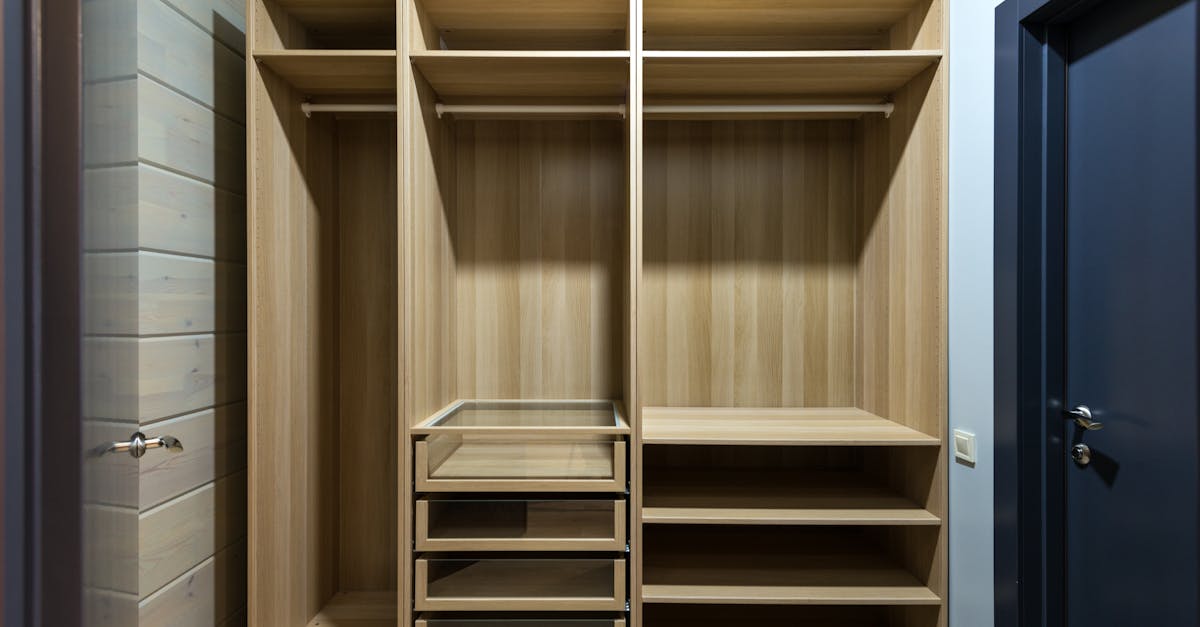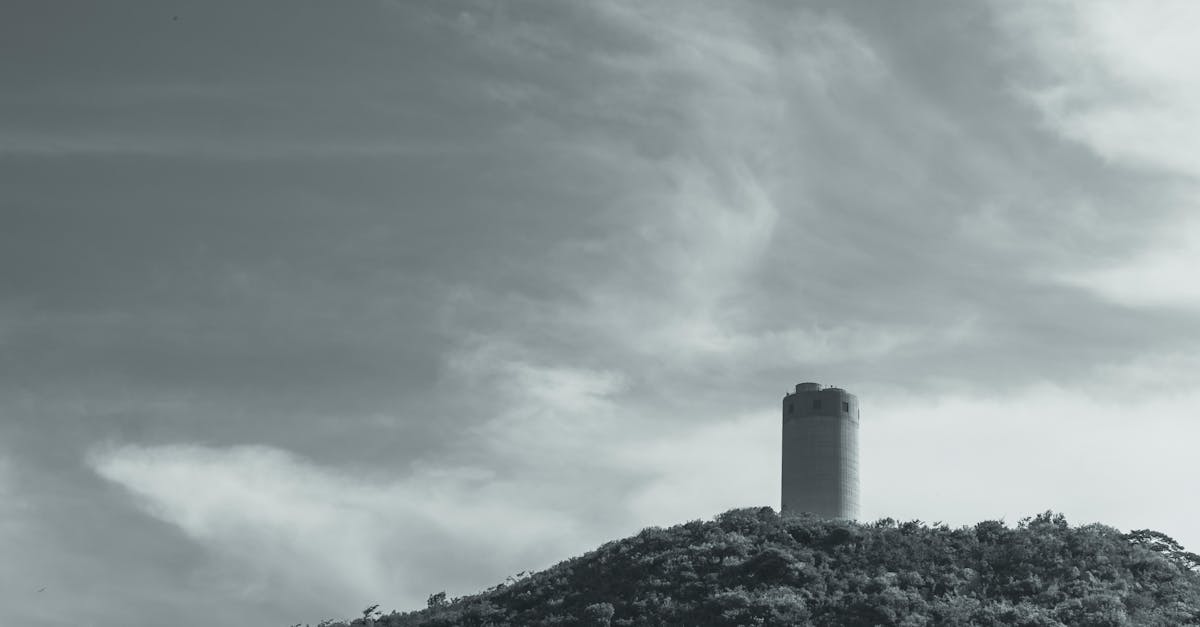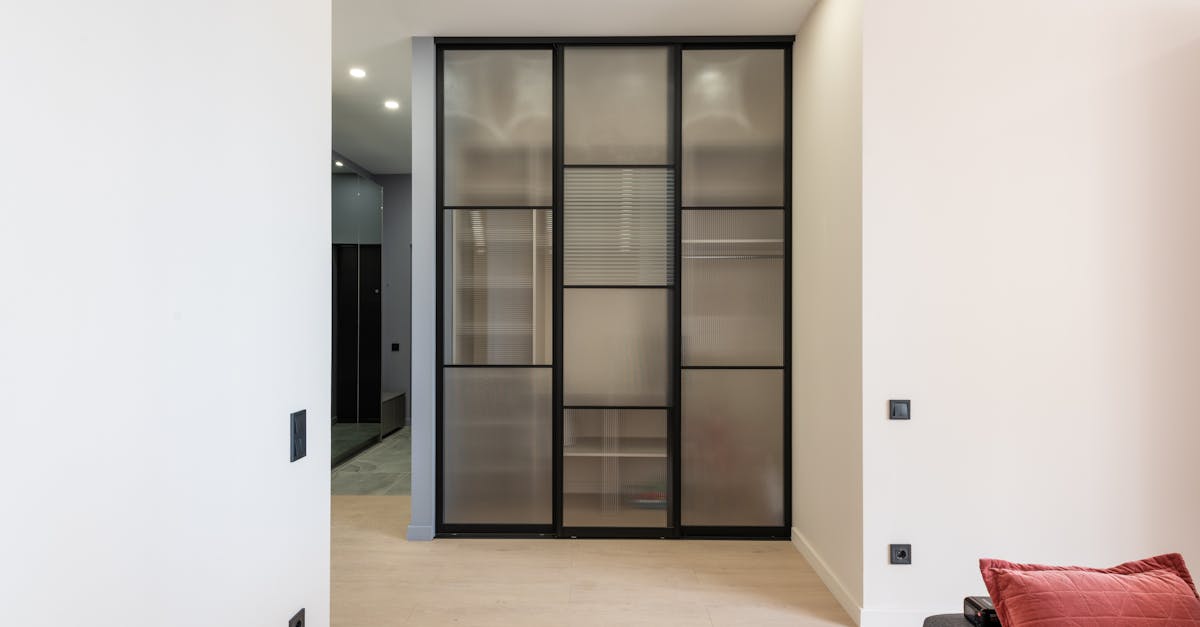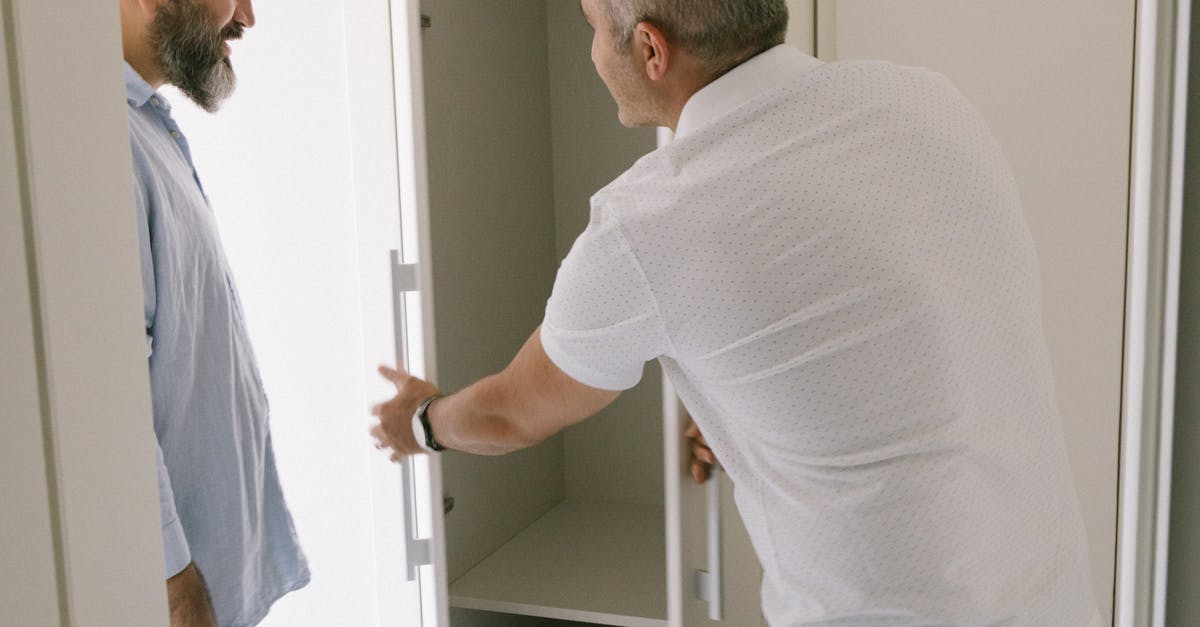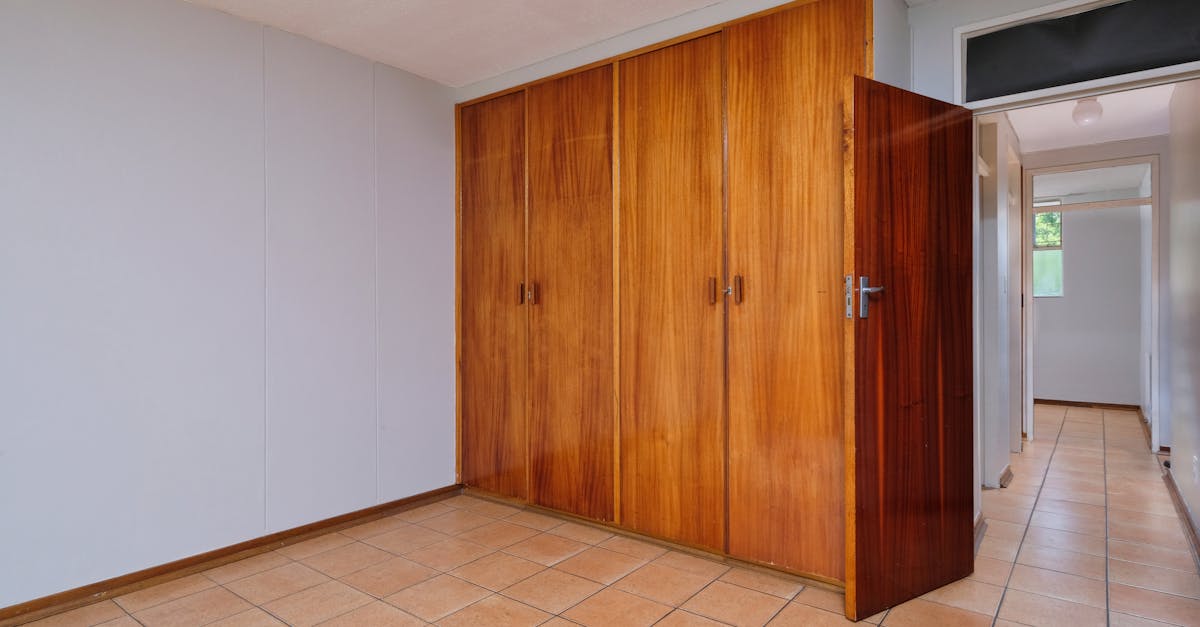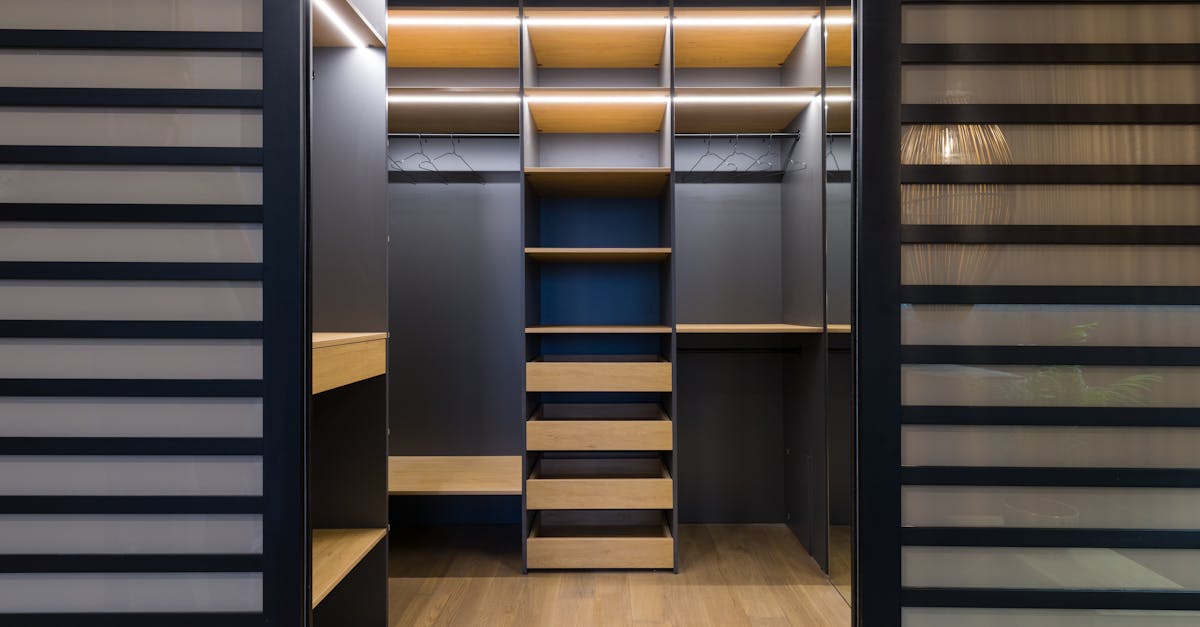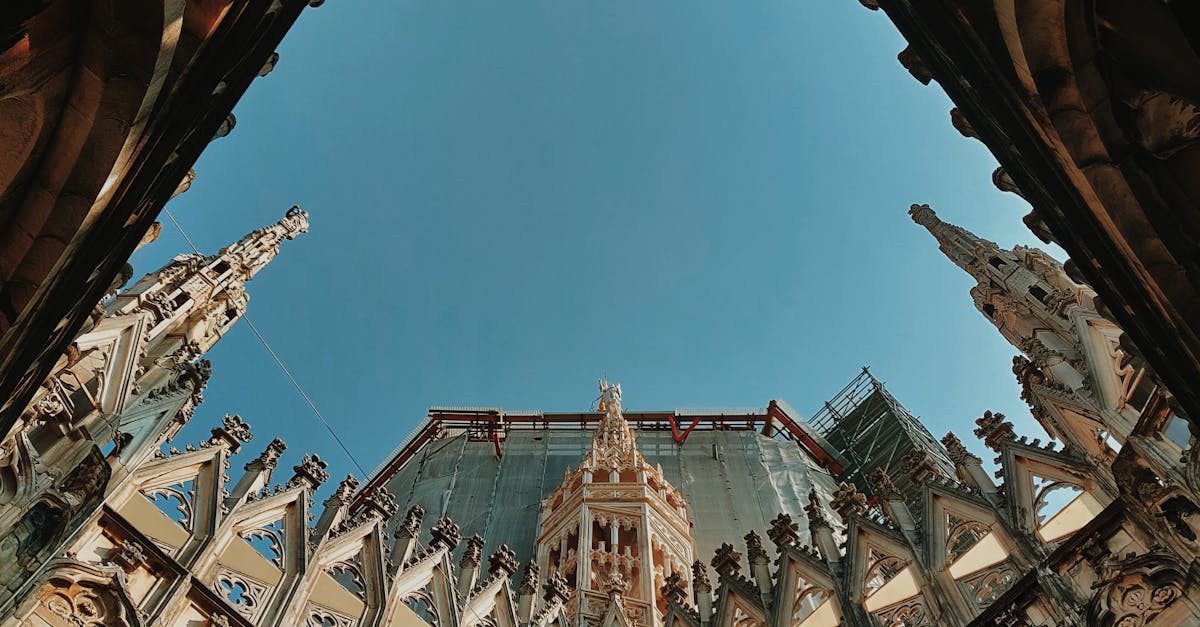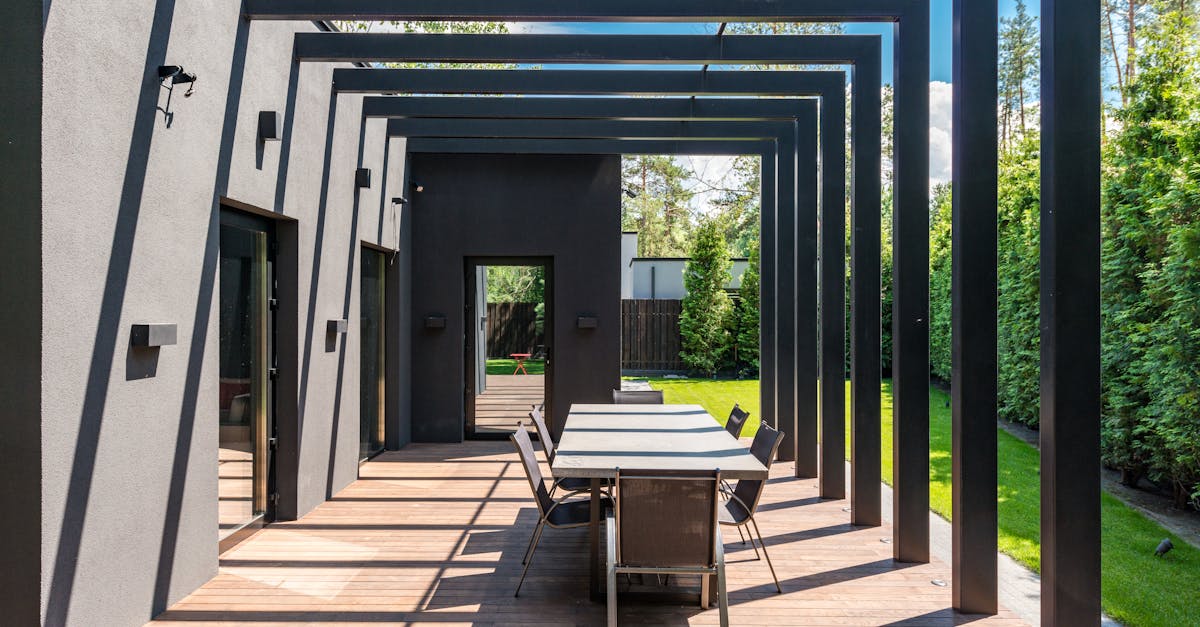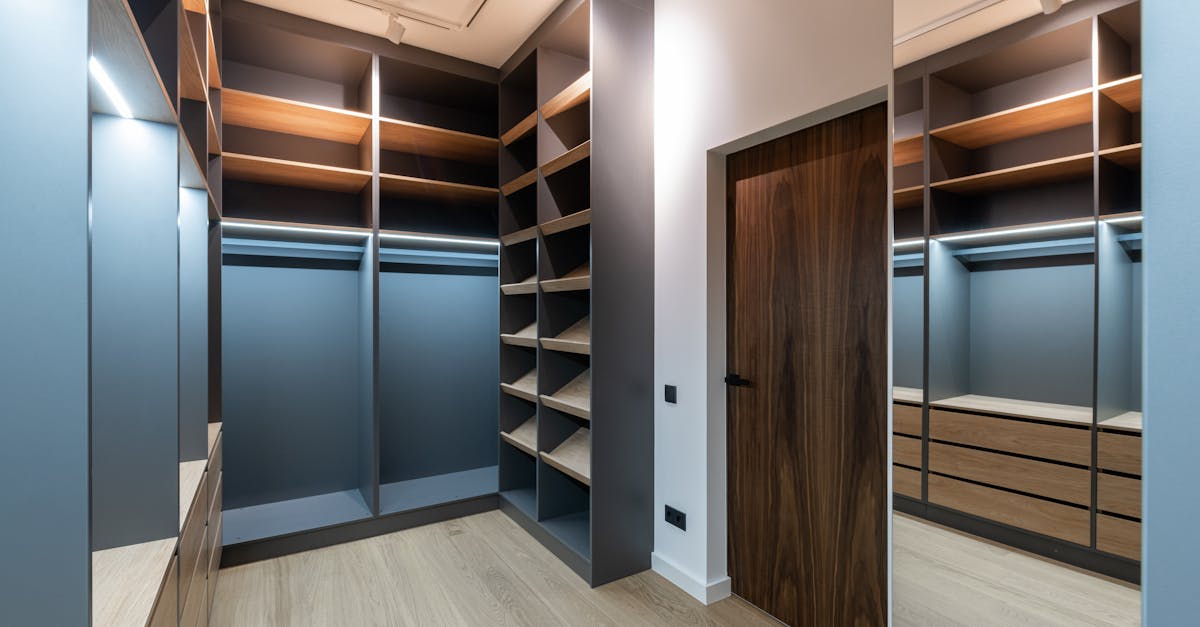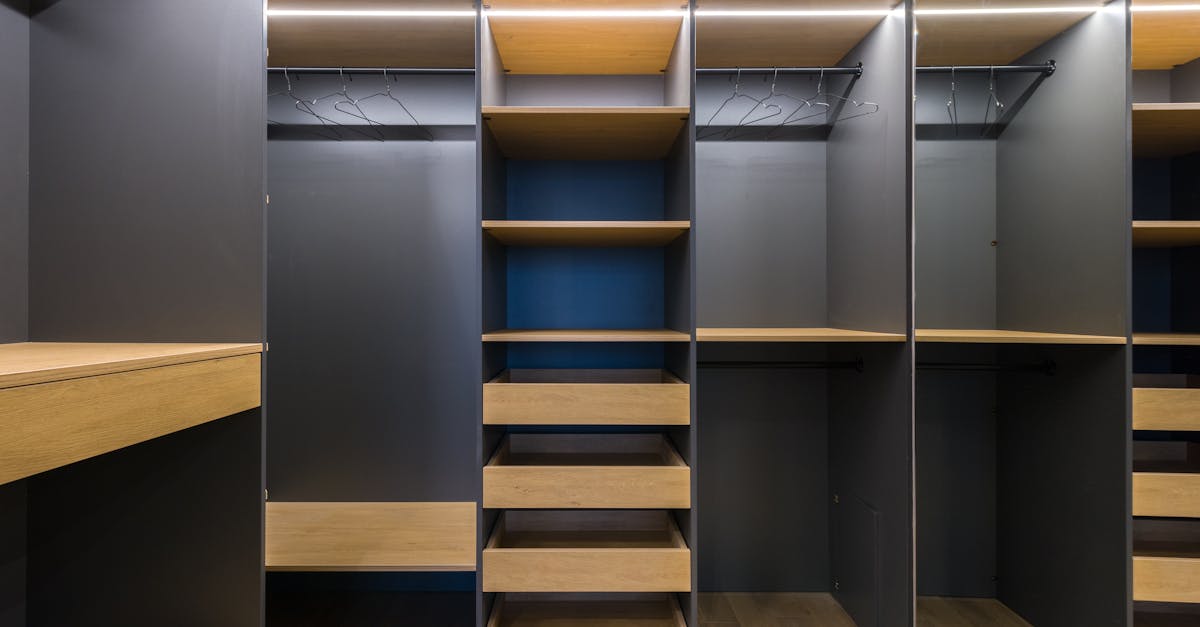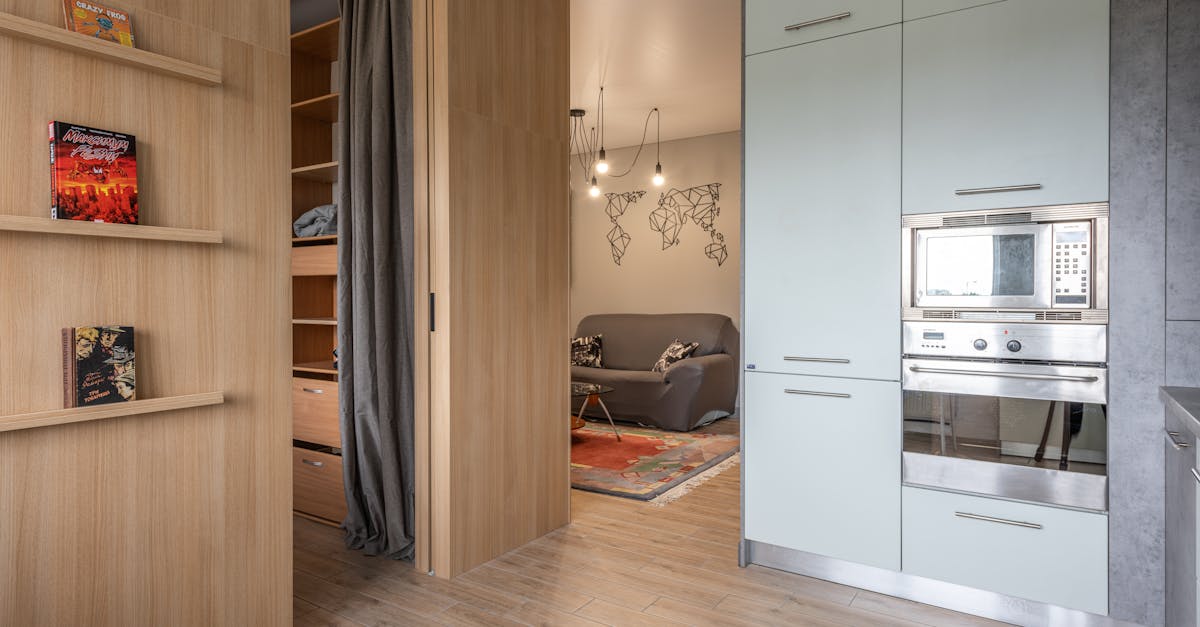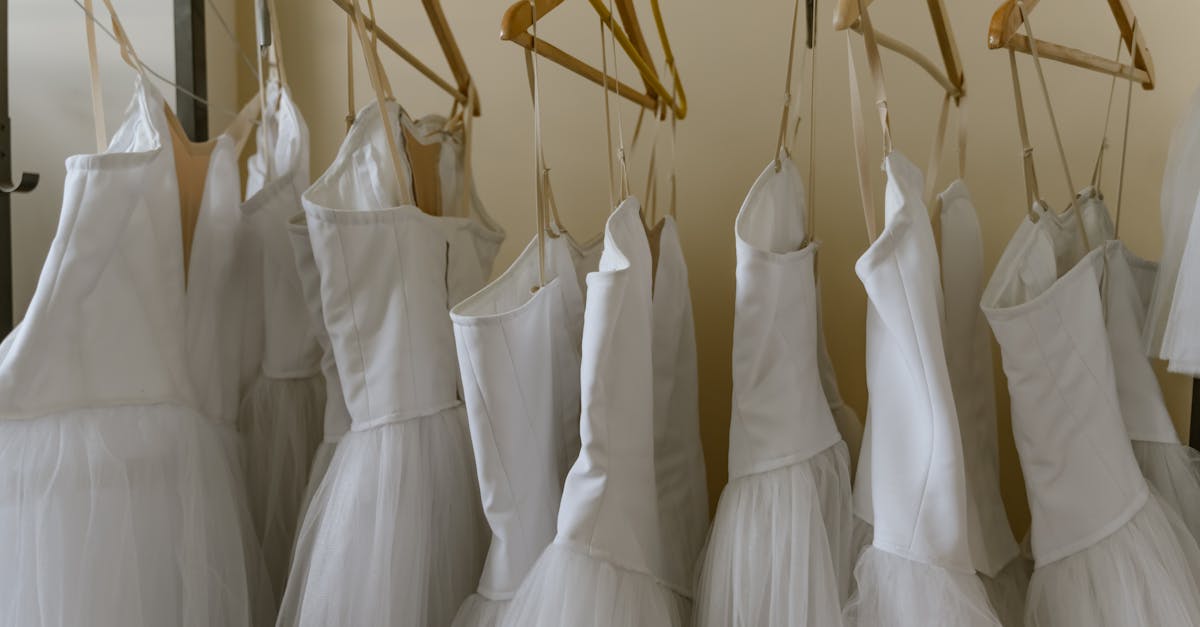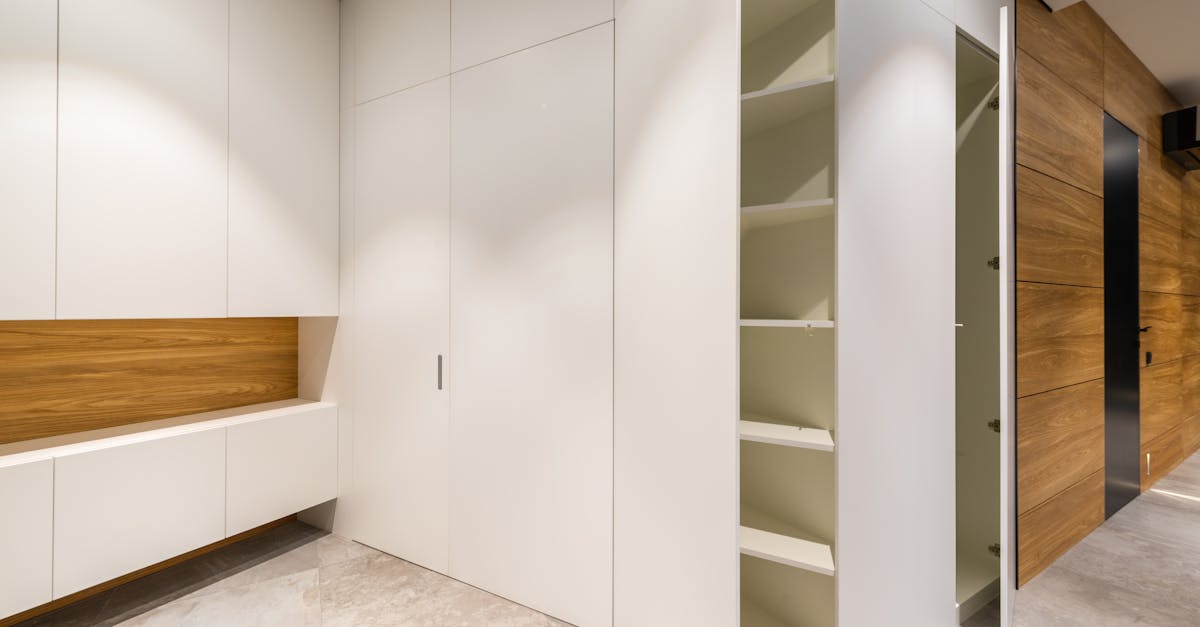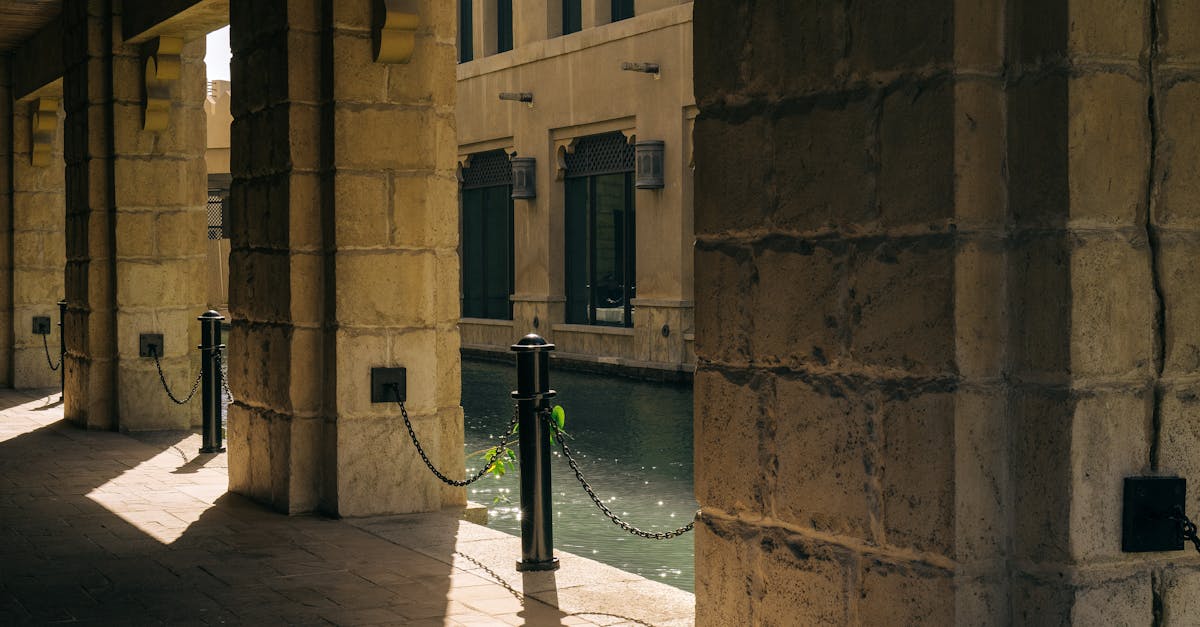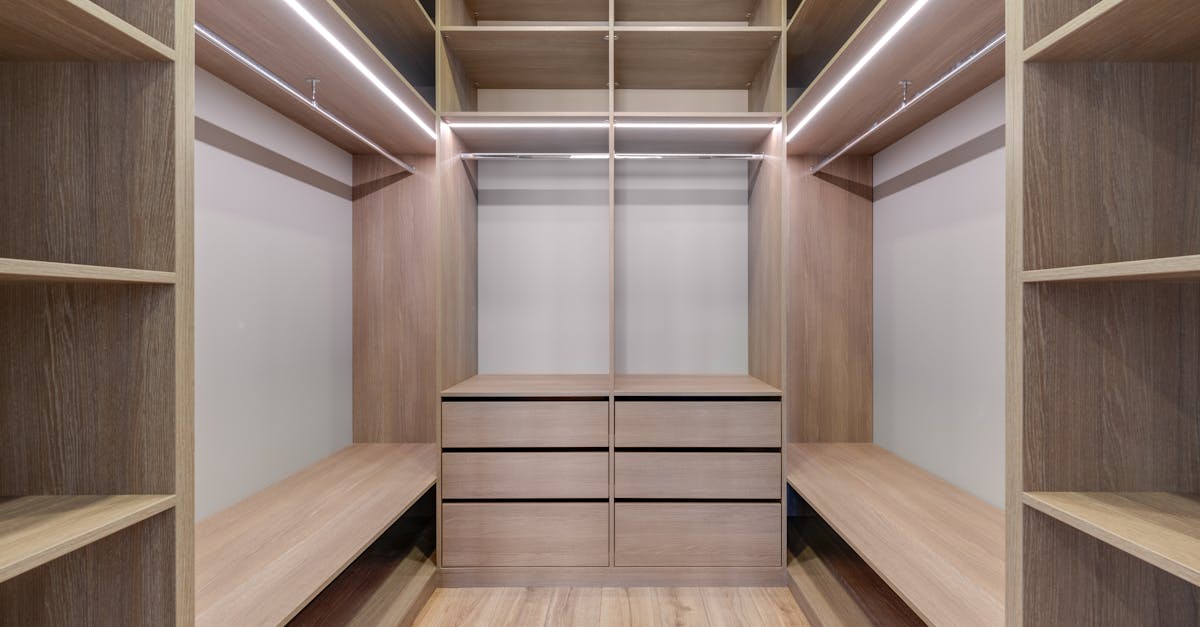
Table Of Contents
Maximizing Drawer Usage
Maximizing drawer usage in walk-in wardrobes is essential for maintaining organization and accessibility. Strategic layout and design can make a significant difference. Consider assigning specific drawers for particular categories of items. For example, dedicate one drawer for accessories, another for undergarments, and a third for everyday essentials. This approach not only streamlines the process of finding what you need but also helps prevent clutter from building up.
Utilizing inserts and dividers within drawers can enhance the functionality of walk-in wardrobes even further. These organizers can keep small items separated, ensuring that even the tiniest accessories do not get lost at the bottom of a drawer. By implementing drawer organizers, you can create a visually appealing and practical storage solution that allows for easy access to frequently used items while keeping everything in its place.
Organizers for Small Items
Walk In Wardrobes offer ample space for an impressive collection of clothing and accessories. However, keeping smaller items organized can be a challenge. Using organizers specifically designed for small items can significantly enhance the functionality of your wardrobe. Drawer dividers, small bins, and trays can create designated spots for items like socks, ties, and jewelry. This not only keeps everything in its place but also makes it easier to find what you need quickly.
Another practical solution is to utilize vertical space with stacked organizers or tiered trays. This approach prevents smaller items from being lost at the bottom of a drawer or behind larger pieces. Clear bins can also be incredibly helpful, allowing you to see exactly what you have without needing to dig. By incorporating these organizers into your Walk In Wardrobes, you can streamline your daily routine and keep clutter under control.
Seasonal Wardrobe Management
Seasonal wardrobe management is essential for maintaining organization and maximizing space in walk-in wardrobes. Start by categorizing clothing based on the seasons. Place heavier winter garments in storage bins or on higher shelves, making space for lighter summer clothes at eye level. This way, you’ll not only declutter but also ensure that the items you wear most often are easily accessible.
Another effective method is to rotate your clothing regularly. As seasons change, swap out your wardrobe to keep it fresh and functional. Keep a designated area in your walk-in wardrobes for transitional pieces that can serve in multiple seasons, such as lightweight cardigans or versatile accessories. This approach not only enhances visibility but also keeps your selection relevant and enjoyable throughout the year.
Rotating Your Clothing
Rotating your clothing in walk-in wardrobes is essential for maintaining organization and accessibility. Placing seasonal items at the forefront ensures that the clothes you need are easily reachable. As temperatures change, consider shifting heavier garments to the back and bringing forward lighter fabrics. This not only keeps things tidy but also encourages you to make the most of your wardrobe throughout the year.
Regularly assessing and rotating your clothing helps to prevent clutter. Donating or storing items that you haven’t worn in the past season can free up valuable space. Walk-in wardrobes often provide ample room, so utilize this opportunity to refresh your collection. By keeping your selections current, you not only optimize storage but also make getting dressed each day a more enjoyable experience.
Incorporating Lighting
Proper lighting is crucial in walk-in wardrobes, ensuring every corner is illuminated and creating an inviting atmosphere. Overhead fixtures, such as recessed lighting or chandeliers, are effective for general illumination. Wall-mounted sconces or LED strip lights along shelving can further enhance visibility, making it easier to select outfits and locate items.
In addition to overhead and wall lighting, natural light can be a valuable asset. If your walk-in wardrobe has windows, consider maximizing this feature to reduce reliance on artificial sources during the day. Mirrors strategically placed can also reflect and amplify light, brightening the space. By employing these lighting strategies, walk-in wardrobes can transform into functional and aesthetically pleasing environments.
Importance of Good Visibility
Good visibility is crucial in walk-in wardrobes to create a well-organized and functional space. When you can easily see your clothing and accessories, the chances of selecting items that align with your style and needs increase significantly. Proper lighting enhances the overall aesthetic of the wardrobe, eliminating shadows and highlighting colors, textures, and details.
Investing in a mix of ambient and task lighting can transform the walk-in wardrobe experience. LED strips along shelves or inside drawers provide focused illumination. Additionally, overhead lights contribute to a brighter environment, making it easier to find the perfect outfit without rummaging through everything. Well-lit walk-in wardrobes allow for effortless outfit selection and foster a more enjoyable dressing experience.
FAQS
What are some effective ways to maximize drawer usage in a walk-in wardrobe?
To maximize drawer usage, consider using drawer organizers for small items, categorizing clothing by type, and utilizing dividers to keep everything neat. Additionally, opt for deep drawers to store bulkier items and keep frequently used items at the top for easy access.
How can I efficiently organize small items in my wardrobe?
Use small bins or drawer dividers to group similar items together. Invest in organizers specifically designed for accessories like belts, ties, or jewelry, and consider clear containers for easy visibility. This will help keep small items from getting lost and make it easier to find what you need.
What is the best way to manage a seasonal wardrobe?
To manage a seasonal wardrobe effectively, rotate your clothing by storing off-season items in bins or at the back of your wardrobe. Keep the current season's clothes at the front for easy access. Regularly assess what you wear and consider donating items that you no longer need or use.
How often should I rotate my clothing in a walk-in wardrobe?
You should rotate your clothing at least twice a year—once for the transition from winter to spring and again from summer to fall. This ensures that you are utilizing your wardrobe efficiently and keeping it organized with items you are currently wearing.
Why is incorporating good lighting important in a walk-in wardrobe?
Good lighting is crucial in a walk-in wardrobe to enhance visibility and help you easily find items. Proper lighting can also create a more pleasant atmosphere, making it easier to see colors and textures when choosing outfits. Consider using LED lights, spotlights, or even natural light where possible.
